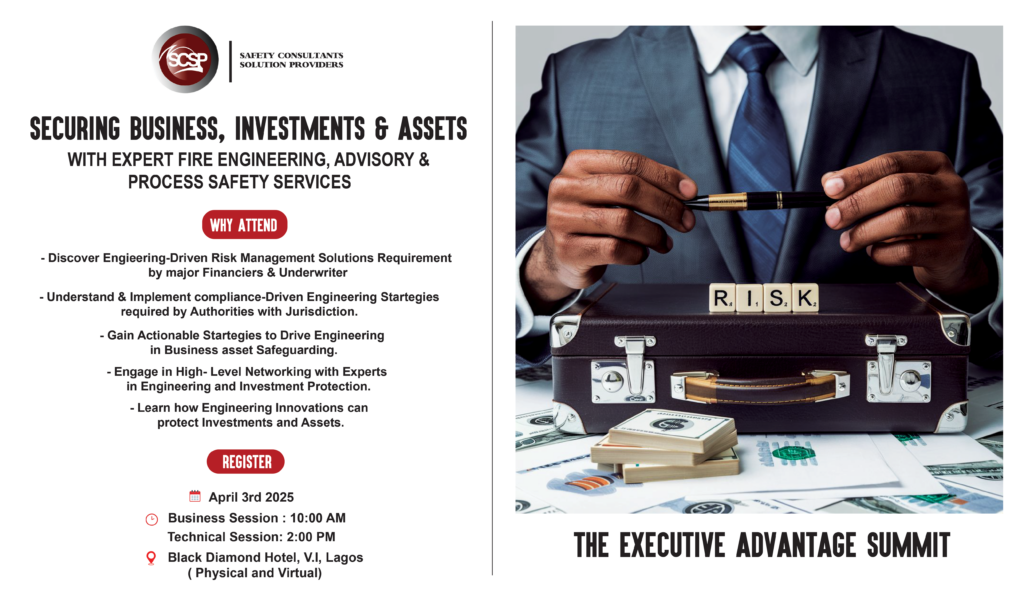The gale of domestic gas accidents has rocked the country leaving behind wake of avoidable fatalities. In recent times, hundreds of lives have been lost to this problem with businesses and properties worth billions of Naira destroyed, as these tragic events always leave us with unanswered questions. Yet nothing concrete seems to be done to tame this tide. What is particularly worrisome is that many of the deaths and losses arising from gas explosions are preventable. Except urgent steps are taken, Nigeria may soon become an unsafe haven for the Liquefied Petroleum Gas (LPG) sector. Something must be done and urgently too otherwise the population may well be waiting for their turn in the gas burner or fire.
-
Arabic
-
ar
Bengali
-
bn
English
-
en
French
-
fr
German
-
de
Hindi
-
hi
Indonesian
-
id
Portuguese
-
pt
Russian
-
ru
Spanish
-
es



